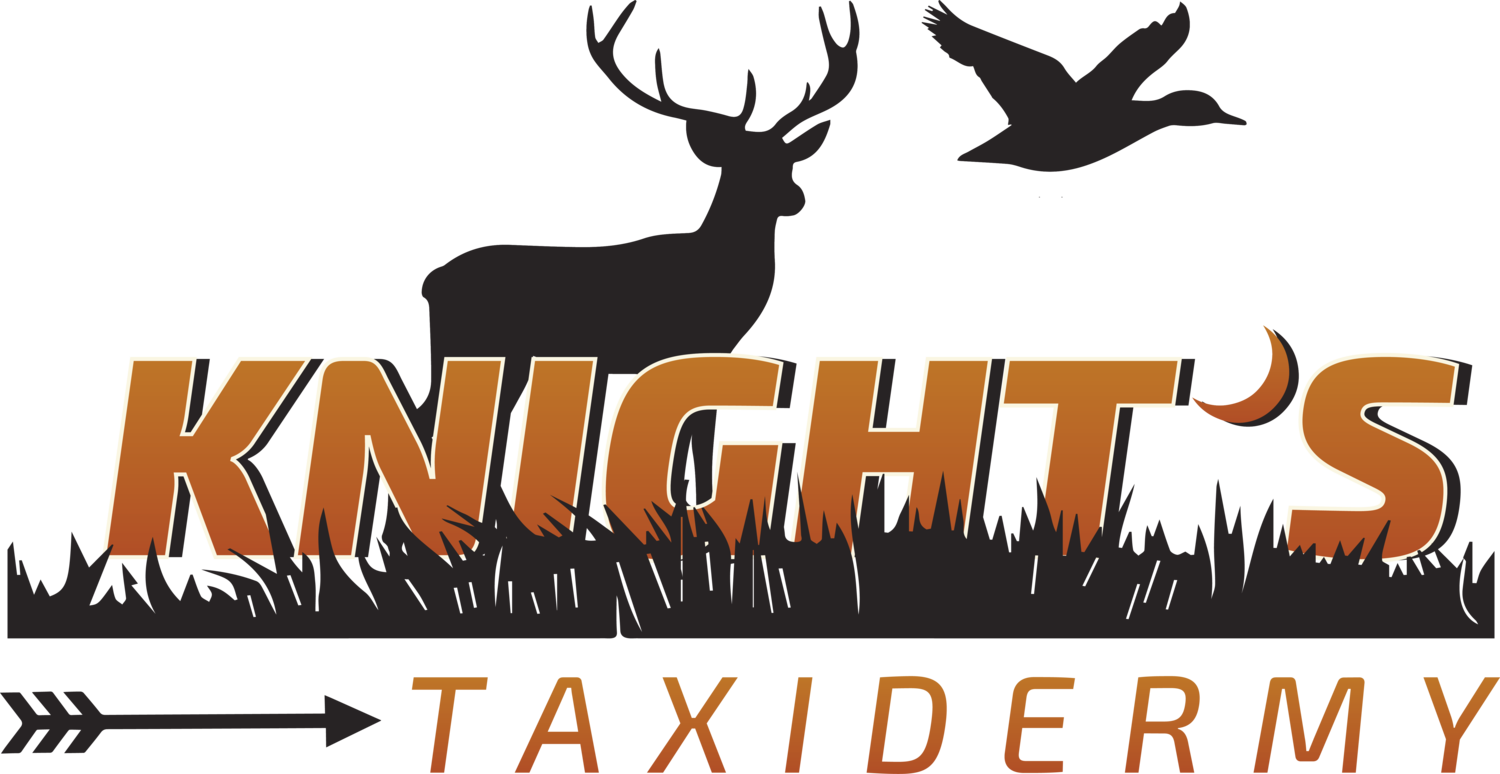Nature has created its own taxidermy for years! Not only is it an interesting process, but it also helps us understand what the environment was like around the time of fossilization. Fossils are created through a natural process called fossilization, where the remains or traces of an organism are preserved in rock. This requires a specific set of circumstances.
Most living things don't become fossils. When an animal dies, its body is usually consumed by scavengers or decomposed by bacteria. For fossilization to occur, the organism must be buried quickly, often in sediment like mud, sand, or volcanic ash. This rapid burial protects the remains from scavengers and decay. Over time, as more layers of sediment pile on top, the pressure increases and the sediment eventually turns into rock.
The most common type of fossilization is permineralization, where minerals seep into the pores and cavities of the buried remains, like bones or shells. These minerals crystallize and harden, turning the bone into a stone replica of itself. Another form of fossilization is carbonization, where the weight of the sediment squeezes out all the liquids and gases from the organism, leaving behind a thin film of carbon. This process often preserves the delicate outlines of soft-bodied organisms or plants.
Fossils aren't always bones. There are different types of fossils, including:
Body Fossils: These are the preserved remains of the organism itself, such as bones, teeth, or shells.
Trace Fossils: These are not the remains of the organism, but rather evidence of its activities, like footprints, burrows, or coprolites (fossilized dung).
Molds and Casts: A mold is a hollow impression of the organism left in the rock after the original remains have dissolved. A cast is created when that mold is filled with new sediment, which then hardens, forming a 3D replica of the organism.
Fossils provide a tangible link to Earth's past. They give us crucial information about ancient life, including the types of plants and animals that once existed and their behaviors. They also offer clues about past climates and geological events. At Knight’s Taxidermy, we aim to preserve your game just like nature preserves fossils! Contact us today to learn how we can help you.


